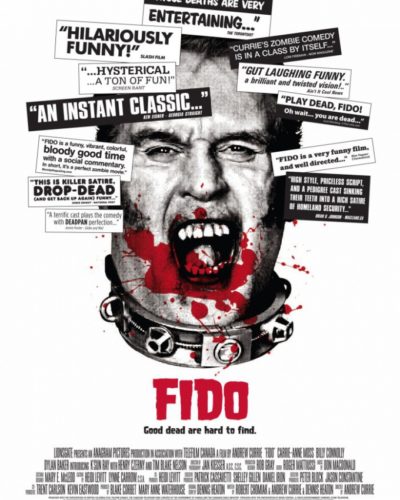A Deadly Reunion
Amidst a desolate landscape of familial betrayal and unspoken secrets, “Treachery” unfurls its spine-chilling tale. Directed by Travis Romero in the year 2013, this under-the-radar indie horror film explores the gathering of a family whose reunion evolves into a nightmare. Without delving into spoilers, the narrative orbits around the strained relationship between father and son and their companions at a secluded cabin, where one’s darkest betrayals are not the only things that haunt them.
Fear in the Silence
“Treachery” meticulously crafts its ominous atmosphere more through psychological foreboding than through brash visuals. The film’s tone is laden with suspense, with the director Travis Romero weaving a slow but intentional pace of storytelling that amplifies every creak and whisper within the confines of the cabin. The desolation of the setting itself is a character, an oppressive presence that mirrors the inner turmoil of the characters.
The cinematography of “Treachery” employs a reserved color palette and a calculated use of shadows that play with the viewer’s perception, making the normal denizens of the background seem sinister. Camera angles often suggest the perspective of an unseen observer, lending a voyeuristic quality that adds to unease. While the film lacks the high-budget special effects of its mainstream counterparts, it leverages this limitation by focusing on the actors’ increasingly palatable dread, drawing viewers closer into the inner sanctum of their fear.
Sounds Like Terror
- The soundtrack’s minimalist approach serves to heighten tension, with dissonant tones creeping in at moments of distress.
- Sound effects are sparingly but effectively used, punctuating the silence with jarring clarity.
- Quietude is masterfully wielded as a tool of suspense, often preceding the onset of chaos, making such moments hit with unexpected force.
Within the Shadows of the Mind
Where “Treachery” shines in its atmospheric build-up, it presents a dichotomy in the realm of performances. While the script challenges the actors with multi-dimensional roles, and some rise admirably to the occasion, delivering grounded and harrowing portrayals of betrayal and anguish, others at times seem out of step with the macabre dance choreographed by the film’s direction.
The depiction of horror in “Treachery” falls squarely within the psychological subgenre, challenging the conventions of traditional jump scares and gore. It delves into the mental and emotional breakdown of individuals when faced with both past transgressions and unknown malevolent forces, blending the threat of tangible and intangible evils.
In terms of eliciting fright, Romero’s preference is for the slow squeeze of a gradual vice rather than the sudden strike of terror. While this might not satisfy all horror devotees, it lays the groundwork for a more nuanced dread that seeps under your skin.
The Depths of Darkness
“Treachery” uses its narrative to peel back on deeper societal themes, such as the masks we wear and the isolation that can fester within familial bonds. These elements underscore its horror with penetrating questions about trust and the nature of evil, adding layers of contemplation to the experience. However, one might argue these are not fully explored, leaving viewers with incomplete musings rather than profound revelations.
Final Echoes in the Cabin
For an indie horror film, “Treachery” delivers a chilling encounter with the horrors of the human psyche, boasting commendable cinematographic tactics and a compelling premise. However, its effectiveness as an outright horror movie may be polarizing. To its credit, it doesn’t rely on gratuitous violence or shock tactics, but rather on evoking an unsettling atmosphere that lingers.
This film will likely resonate with horror fans who appreciate a slow-burning narrative and relish the anticipation of dread over the thrill of cheap scares. It may not be the ideal pick for those who favor high-action, effects-driven horror.
In the broader spectrum of horror, “Treachery” stands as an ode to classics like “The Shining,” where isolation and interpersonal distrust take center stage, albeit without achieving the same level of artistic finesse. It is advisable to approach this film with moderate expectations and an appreciation for psychological horror.
Overall, while given its subdued approach and mixed performances, “Treachery” is a sincere attempt at weaving fear through elements of suspense and mental anguish. This cinematic experience is an opportunity for the viewer to confront the quieter aspects of fear, where treachery lurks not only within the shadows of the world but within the confines of the human heart.
Warnings: Viewers sensitive to themes of psychological trauma and betrayal should approach with caution.




